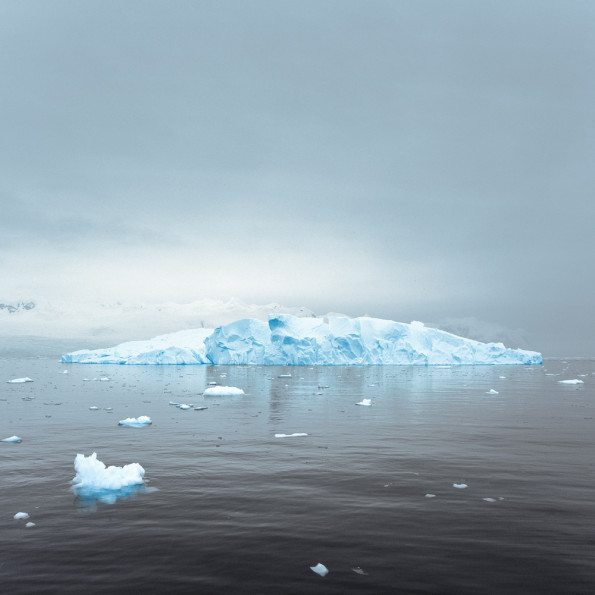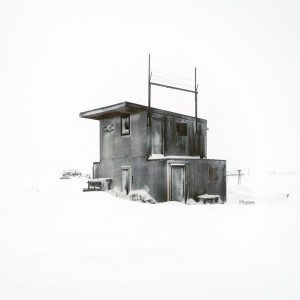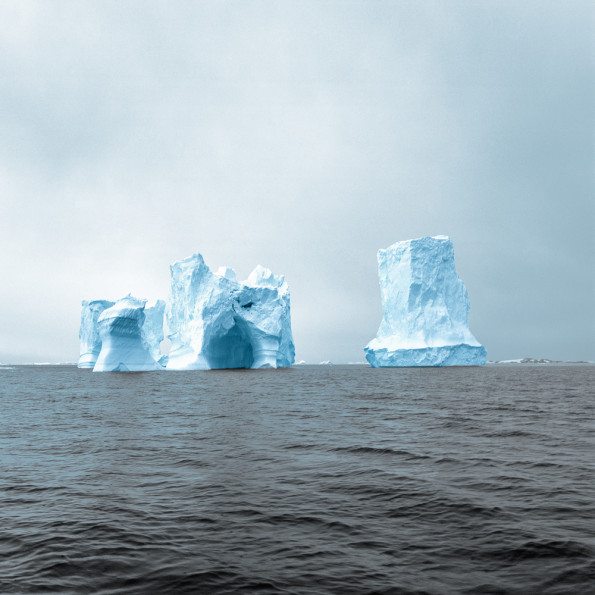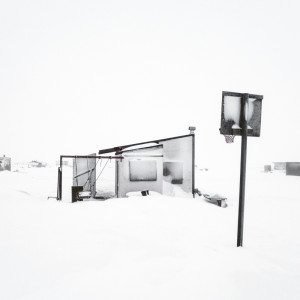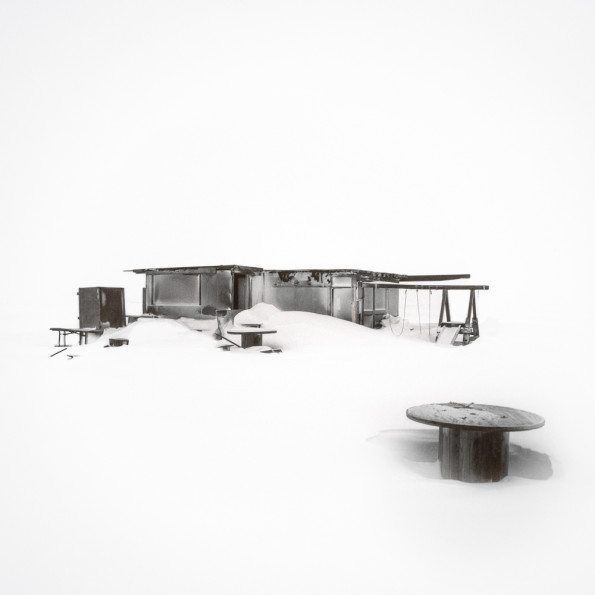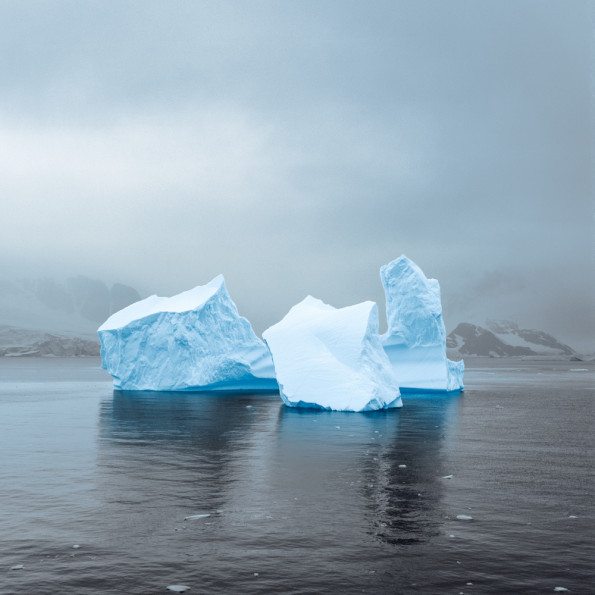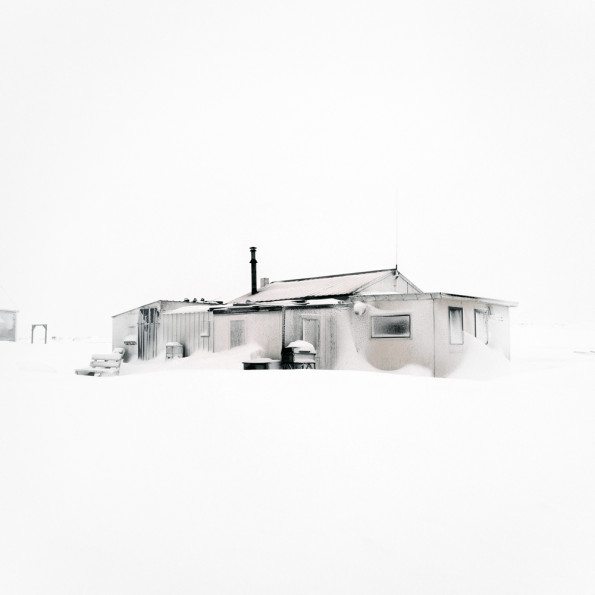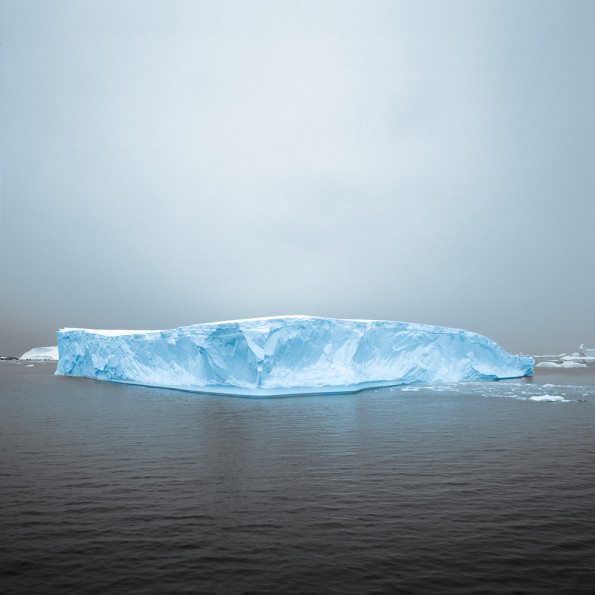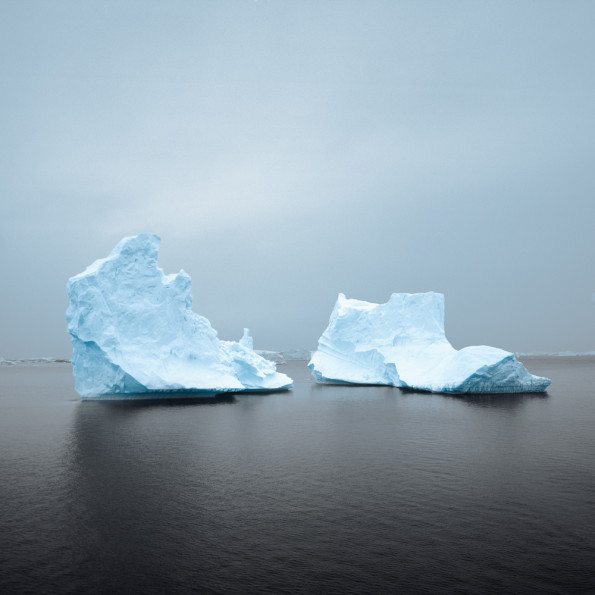Last Updated on 10/02/2014 by Chris Gampat
All images by Magda Biernat. Used with permission. © Magda Biernat courtesy the artist and Robert Klein Gallery
What would possess you to go to the cold? If you’re photographer Magda Biernat, then it’s all about having a fascination with structures. Magda is a fellow Magnum Photos alumni (I worked under her for a special project) and has since continued to work on her photography and display it at galleries. Her Adrift series is a compilation of work done in some of the coldest places on Earth that involved capturing stunning images of glaciers and Inupiat eskimo huts.
We talked to Magda about the challenges of shooting in the cold, the logistics, and the biggest scare about doing work like this.
Phoblographer: The idea behind Adrift involves capturing glaciers and houses out in Antarctica to Alaska. But what would make you want to photograph them to begin with?
Magda: The Adrift series is one of the series’ that came as an outcome of my year long journey from Antarctica to Alaska, through South, Central and North America, that my husband and I did last year. As an architectural photographer I am naturally attracted to structures, especially the self standing, vernacular shacks and cabins. As for the icebergs in Antarctica, they are like amazing structures in themselves, organic floating buildings. I decided to combine the two subjects together, because they both symbolize the effects that climate change has had on the opposite ends of the world. The hunting cabins of the Inupiat are mirrors of the lone ice mountains in the south, singular polar structures under pressure by a changing ecosystem. They are silent and static witnesses to change.
Phoblographer: Something like this must have taken lots of preparation and careful thought. How did you plan for this trip?
Magda: This is the second year long trip that my husband and I have taken, so this time it was easier to prepare, but it still took about 6 months of planning and figuring out the logistics, like renting out our apartment in Brooklyn, contacting people in different places along our route, researching places etc.
Phoblographer: Tell us about the gear that you used and how you kept it all functional in the cold.
Magda: For this series I was using my medium format camera with which I always travel, the Mamiya 6. It is a very sturdy camera and surprisingly never froze in the sub freezing temperatures. The batteries didn’t run out as quickly as I suspected they would either. During this trip I was also shooting with my Canon 5D Mark II. We were publishing monthly slideshows on the New Yorker’s photo blog and thus I needed a digital camera for the quick turnaround. Even though I still would rather shoot with film, I would not have been able to develop and scan the film in time to deliver monthly posts.
Phoblographer: What were you most afraid of when doing this project?
Magda: Probably that my camera would break or get stolen. But fortunately nothing like that happened. In Barrow, AK where the hunting huts were photographed, the issue was that I had only 2-3 hours of dusk – the only time I could really photograph. I was afraid to see the results of the super long exposures I did with Mamiya. There wasn’t much time for experimenting. I just had to do it the way I thought was correct and that was my only shot. And of course there were polar bears around, but that’s another story.
Phoblographer: Did anyone living in the houses ever question what you were doing? If so, how did you respond?
Magda: The hunting huts were actually empty. They are used by the local Inupiat Eskimo people mostly in the spring and summer – during their hunting season. The problem with that was that there were not cleared roads to them so I had to wade through knee high drifts of snow to get close enough to photograph them, set my tripod and wait for the long exposures to finish. My husband stayed behind to keep a look-out for polar bears.


